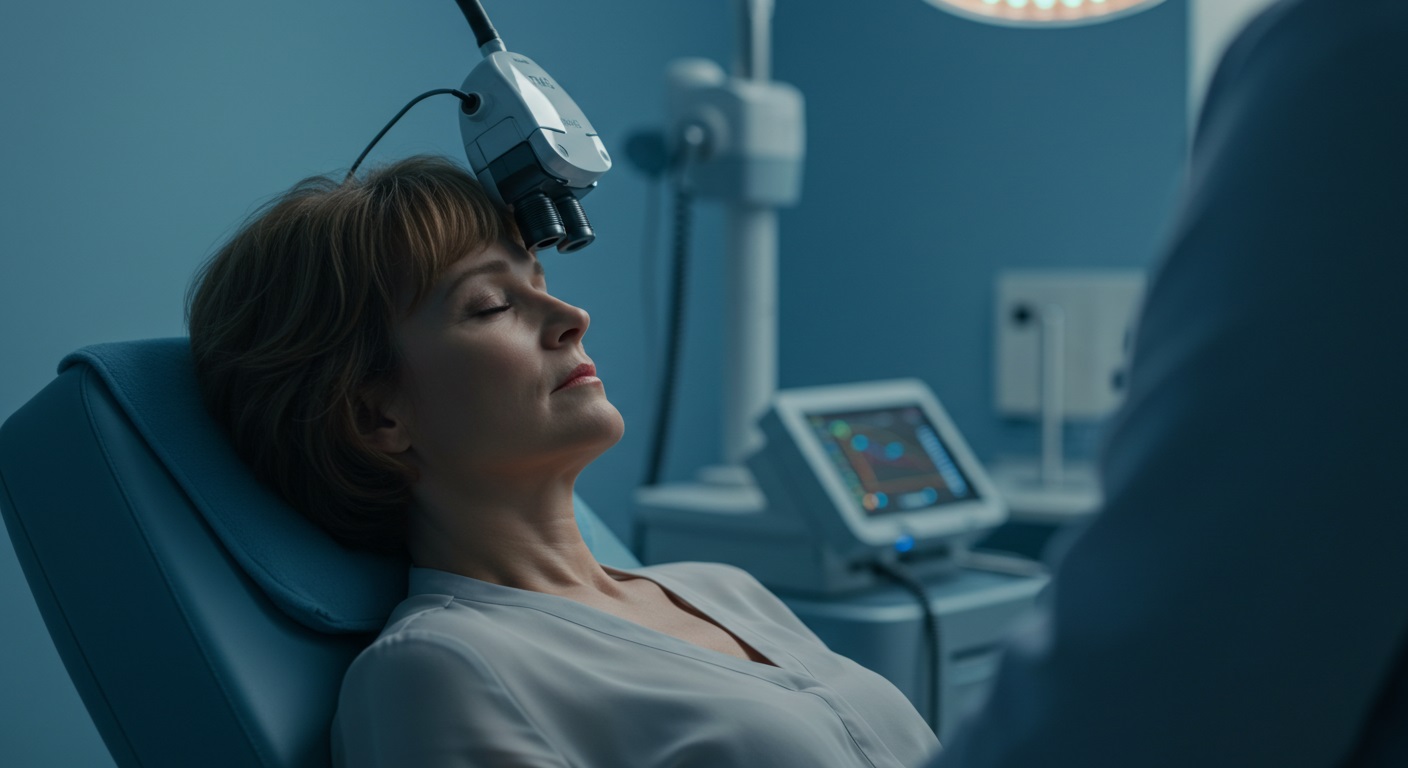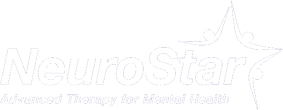Mental health treatment in the United States is changing. Millions of people live with depression. Many of them rely on antidepressants, but these medications don’t work for everyone. Some experience side effects. Others feel no relief at all. This has sparked new interest in brain stimulation therapies like Transcranial Magnetic Stimulation (TMS).
TMS is different. It’s non-invasive and drug-free. It offers hope to people who haven’t responded to standard treatments. Medications often bring side effects like weight gain, sleep problems, and emotional dullness. TMS works differently. It targets the brain’s mood centers without chemicals.
This article explains how TMS works in simple terms. It shows why NeuroStar is a leader in this space. You’ll also learn how TMS compares to antidepressants, what a session feels like, and who it’s for. If you’re considering a new path for managing depression, read on.
TMS Therapy in Simple Terms: How It Works
TMS may sound technical, but the process is simple. It sends gentle magnetic pulses into the brain. These pulses target areas that control mood—like the left dorsolateral prefrontal cortex. This area is often underactive in people with depression.
The pulses come from a small coil placed on your head. They pass painlessly through the skull. The treatment is safe and does not require sedation. You’ll stay awake and alert. Sessions usually last 20 to 40 minutes.
TMS helps the brain form new connections. With regular sessions—five days a week for four to six weeks—your brain starts to reset. You may notice better mood, focus, and energy. These changes happen without the highs and lows often linked to medication.
Side effects are rare and mild. You might feel light tapping or a slight headache. These usually fade quickly. Most people find the treatment easy and manageable.
Why NeuroStar Is Different
Not all TMS systems are the same. NeuroStar is the most studied and trusted brand in the U.S. It’s FDA-cleared for treating Major Depressive Disorder (MDD). Its Contact Sensing technology ensures precise treatment every time. This helps target the exact brain area needed.
NeuroStar stands out for its strong success rate. Studies show that 83% of patients feel better. Over 60% reach full remission. These results are especially powerful for people who haven’t responded to two or more medications.
It’s also widely accessible. Most insurance providers, including Medicare and Tricare, cover NeuroStar treatments. Over 5.6 million sessions have been delivered nationwide. Backed by more than 70 clinical studies, NeuroStar is both effective and safe.
Access Health uses NeuroStar to give patients the best care. You’ll get a custom plan, regular check-ins, and full support throughout your journey.
TMS vs. Traditional Depression Treatments
TMS and antidepressants work differently. Medications affect your whole body and take weeks to show results. TMS acts directly on the brain and often brings relief within 2 to 3 weeks.
Here’s a quick comparison:
| Feature | Antidepressants | NeuroStar TMS |
| Onset Time | 4–6 weeks | 2–3 weeks |
| Side Effects | Common (weight gain, fatigue, etc.) | Rare (mild headache or tapping) |
| Invasiveness | Systemic (affects the body) | Localized, non-invasive |
| Downtime | May affect daily life | None |
| Remission Rate | Around 30–40% | Over 60% with full remission |
TMS also avoids drug interactions. It’s a great option for those on multiple medications or with health issues like liver or kidney problems. Best of all, it offers long-lasting results. Many patients stay depression-free for months after finishing treatment.
Scientific Backing: What Studies Say
TMS isn’t experimental. It’s FDA-approved and backed by strong science. A study in Biological Psychiatry found that TMS helps people with treatment-resistant depression. They improved more than those who received placebo treatment.
Another study in The Journal of Clinical Psychiatry showed that NeuroStar patients had double the remission rate compared to those using medication. This is especially impressive since most had failed multiple previous treatments.
Long-term studies show the effects last. About 62% of patients kept their improvement for at least a year. This makes TMS a lasting solution—not just a short-term fix.
With over 5 million treatments done, NeuroStar’s results are real. It’s more than just theory—it’s changing lives across the U.S.
What to Expect During a Session
TMS sessions are easy and comfortable. You’ll sit in a reclining chair. The technician places the NeuroStar device on your head. The session begins with light tapping and clicking sounds.
Treatments last about 20 minutes. The first one may take longer to adjust the device. No anesthesia is needed. You can return to your regular activities right afterward. Most patients feel calm and at ease.
Some report a mild headache or tingling at the start. These symptoms go away quickly. The entire experience is quiet, simple, and stress-free.
Your progress will be monitored. You’ll have check-ins to adjust settings and track results. At Access Health, you’ll feel supported every step of the way.
Is It Right for You?
TMS isn’t for everyone—but it helps many. You may be a good fit if:
- You have Major Depressive Disorder (MDD)
- You’ve tried 2 or more medications without success
- You want a drug-free treatment
- You don’t have a seizure disorder or metal implants in or near your head
Access Health will guide you through a screening process. We’ll look at your history, current symptoms, and overall health. If TMS isn’t right for you, we’ll suggest other helpful options.
Conclusion: Ready for a New Beginning?
If medications haven’t helped, NeuroStar TMS therapy might be the answer. This FDA-cleared, non-invasive treatment is giving people a fresh start.
There are no pills, no major side effects, and no waiting in the dark. Just proven, science-backed care that helps your brain heal naturally.
Contact Access Health today to schedule a consultation. Let’s find out if NeuroStar is the breakthrough you’ve been waiting for. Healing starts with one step—take it with us.



